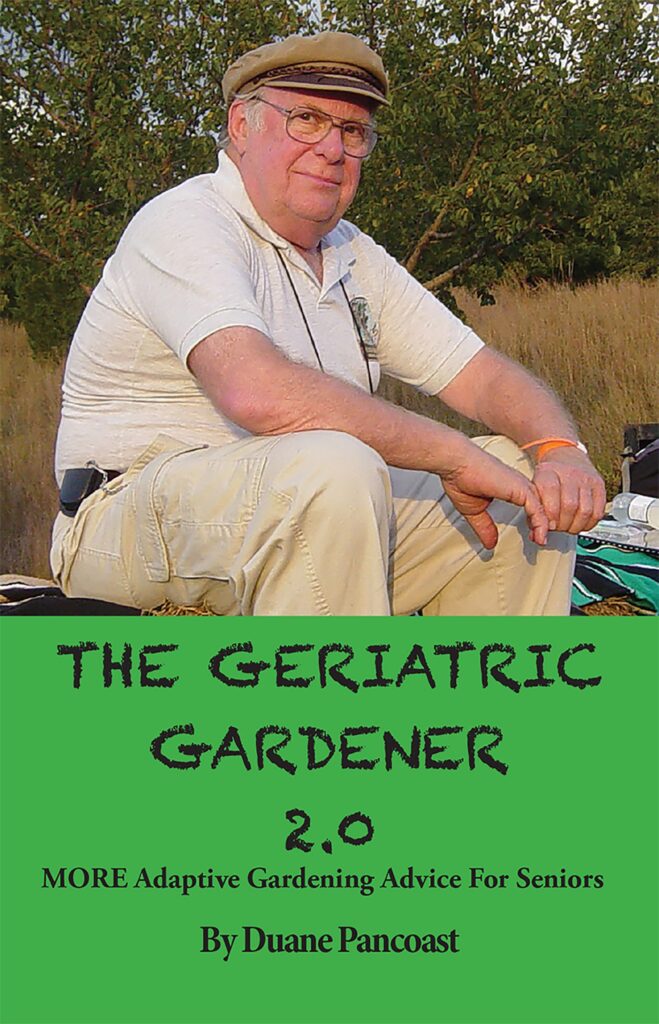
THE BIRD HOUSE
Birds are an almost universal presence. We hear and see them often, but many people can’t identify the specific species. If you want to learn more about your avian neighbors or expand your birdwatching arsenal, look no further than the Bird House on Monroe Avenue in Rochester.
Celebrating its thirtieth year in business, the Bird House has grown to become the ultimate local resource for bird enthusiasts. Staffers consider it “a wild bird store, and more,” and rightfully so, as they supply the gear and education you need to support backyard birds.
The website is a wealth of digital bird information. The “Birds” tab leads to an extensive index of common backyard residents, how to attract them, their relatives, migratory patterns, and preferred foods. Specific seed blends are conveniently listed as well as the types of feeders that will best welcome specific birds into a yard.
Classes dive into topics like butterflies and animal tracks and are found in the “Upcoming events” tab. The Bird House hosts biweekly livestreams for questions as well as photo contests and advice posts. The blog, “The Backyard and Beyond” is the home for all of this interaction.
The community fostered by co-owners Liz Magnanti and Patti Pirz is evident when browsing their online presence and seeing events such as the annual fall bird feeder cleaning.
The Bird House has been a loyal sponsor of this magazine for decades, and Magnanti regularly contributes a column on backyard birding (see page 20). We offer our congratulations on this milestone! thebirdhouseny.com
THE GERIATRIC GARDENER
In service of those who don’t want to give up what they love due to aging, Duane Pancoast has published a second installment of his accessible gardening guide. The Geriatric Gardener 2.0 stresses that “nobody has to be a retired gardener.”
Pancoast was trained in landscape architecture at SUNY College of Environmental Science and Forestry. He uses his education in conjunction with his decades of experience in the landscaping business to teach others how they can bring both ease and joy to their gardening practices.
His blog contains recommendations on how to prioritize health and safety without sacrificing the creative experience or seasonal traditions. Advice such as carrying emergency communication devices, managing your time, how to downsize, and more are among his recent posts.
His books, The Geriatric Gardener and The Geriatric Gardener 2.0 are the culmination of his landscaping wisdom and experience blogging, sharing both his tips and those of fellow older gardeners. If you or someone you love is worried about this outdoor hobby slipping away with age, consider consulting Pancoast. Adaptive gardening just might be the answer.
Both books are available for purchase through his website, thepancoastconcern.com/the_geriatric_gardener
USES FOR YOUR SPARE HAIR
To live with a shedding animal is to spend a significant amount of time cleaning up seemingly endless hairy tumbleweeds. Whether brushing its fur or sweeping up the debris, hair piles up. It’s a shame to fill up a trash can when there are several ways to repurpose this abundant resource.
Creatures that might appreciate dog hair as much as the ones who grew it are birds. It is the perfect fiber for weaving into their nests. Gardeners can leave tufts around for them to grab or fill a wire cage and they could pluck out strands that they want. Human and horsehair are not suitable for this purpose as the long strands are a hazard to wrapping around their extremities and restricting blood flow.
In the garden, your pet’s hair can be helpful in nourishing and protecting your plants. Dog hair has a naturally high nitrogen content, making it perfect fertilizer. If you compost, adding waste from grooming will provide essential nutrients to your scraps. Coarse hair takes longer to decompose, but, typically, after about a month, the hair will break down and be ready to add to soil. If you don’t compost, consider adding it to the surface of the soil for a slower breakdown process. Human hair can also function this way. To deter common perpetrators of plant munching, stuff panty hose or burlap sacks with dog hair and position them around the yard or garden’s perimeter. You can also place clumps around the base of your plants. Deer, rabbits, squirrels, chipmunks, and gophers are less likely to enter the area if they smell dog or cat scents.
If you still have hair leftover, you should consider sending it out to those collecting it. Matter of Trust is a nonprofit organization that uses hair donations to build mats used in oil spill clean-up, soil mulch, and seagrass restoration. It accepts pet and human hair longer than two inches and recommends using anything shorter in the garden. Donations are felted into mats and bags and used to absorb oil, cleaning bodies of water and saving wildlife from oil exposure.
Visit the website for shipping information and how you can assist its ecological goals. matteroftrust.org
Anu Scofield is is a lifelong reader and writer studying English and Communications & Media at Nazareth University.
Views: 44






